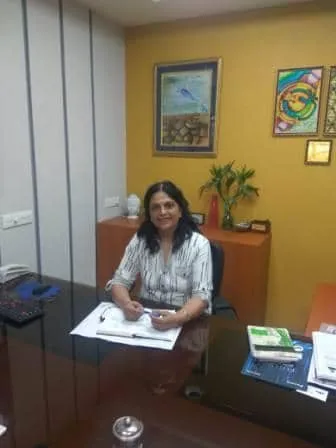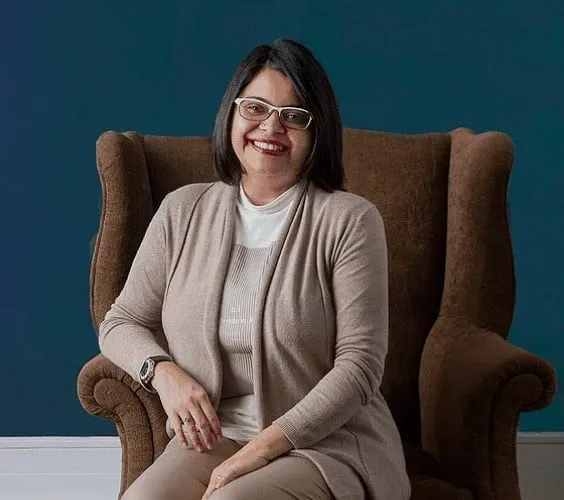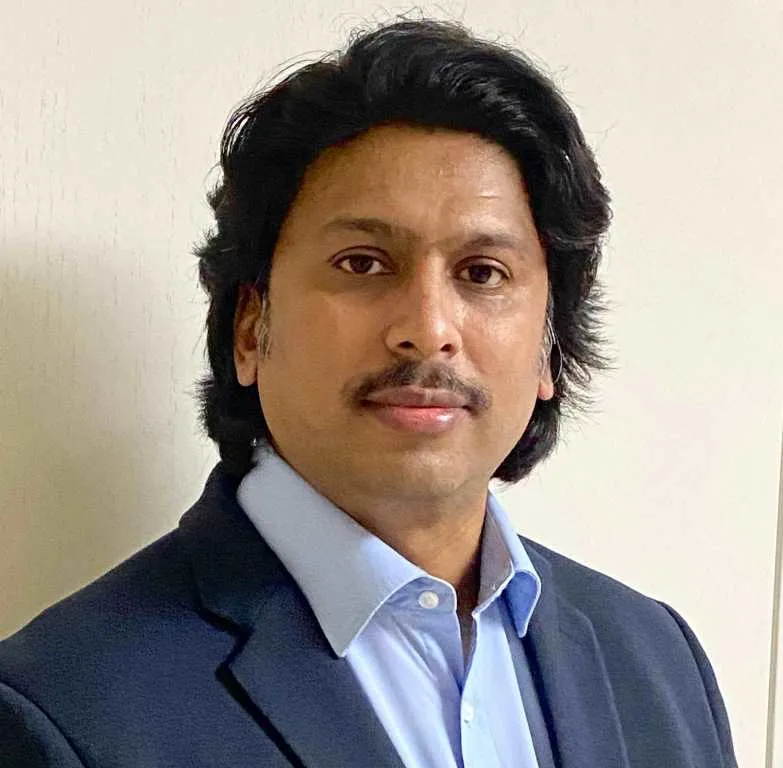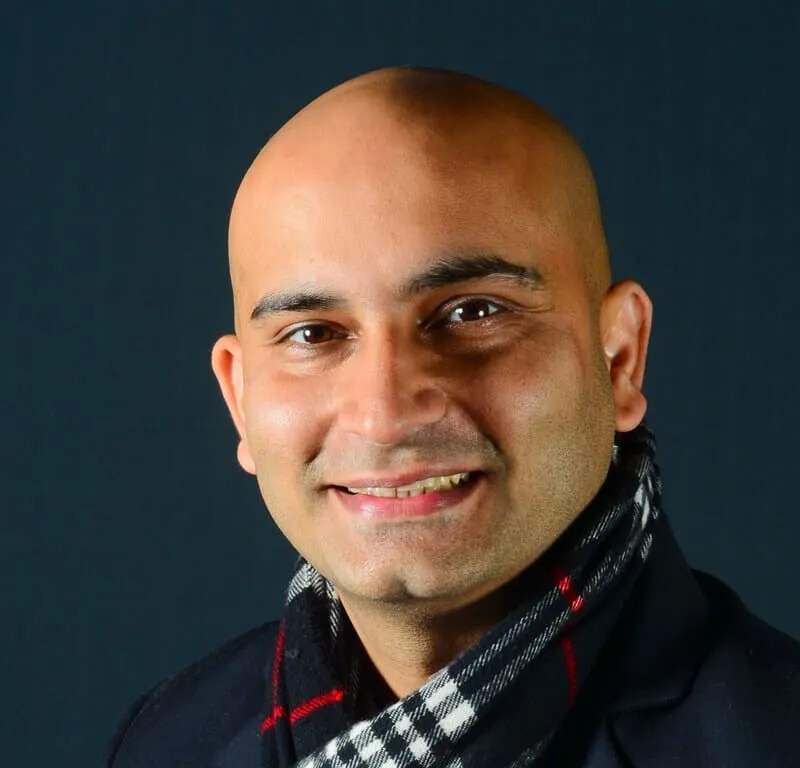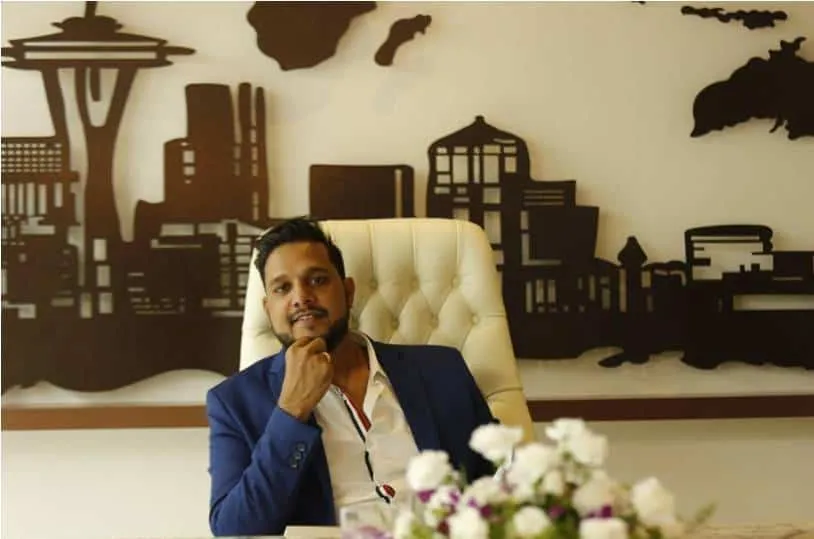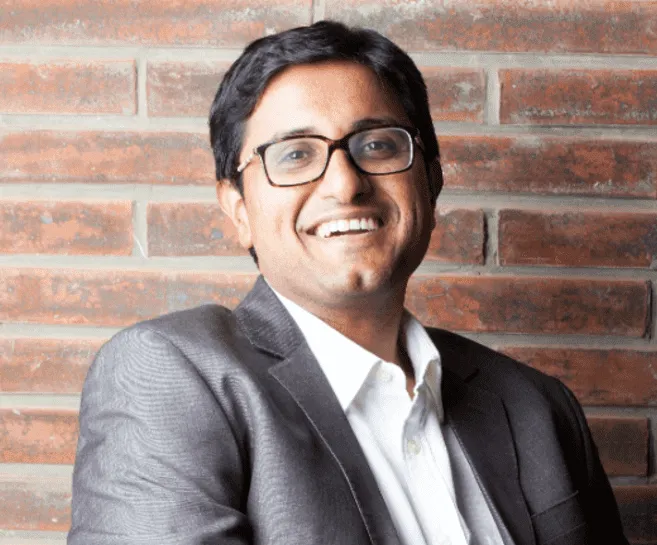Ar.Madhu Garg, Creative Consortium
B&I: How do you see the role of Governments in solving the affordable housing problem in India?
MG: Many a times, the Governments bring out good schemes. We have a classic example of Pradhan Matri Awas Yojna (PMAY). Here, the Central Government sets the broader objectives. It is the responsibility of the State Governments to give a shape to the scheme. Now, the State Governments call up leading developers of the region. Since the developer is a private entity, his profit motives assume greater significance than the social goals of the Central and the State Governments. Ultimately, the way in which things work, ‘affordable housing’ becomes ‘cheap housing’, which compromises not only in the design but also in the materials used, finishes and what not.
B&I: Can you share any practical situations you have faced in working on affordable housing?
MG: Yes. We worked on developing on a 6.5 acres land in Zirakpur for housing the economically weaker sections of the society (EWS). We put in a lot of hard work in studying the project, making a proposal within the prescribed norms, etc. We took this proposal to the State Government. But we were turned away by being told that there is ‘no demand’ to EWS housing in Zirakpur. We were encouraged to work on the ‘higher value’ housing schemes. So, I feel that the whole ecosystem around the affordable housing is not conducive to making a success out of the very concept. Also, there is an information gap on the objectives of the various stakeholders in the vale-chain – Governments, Developers and the Specifiers.
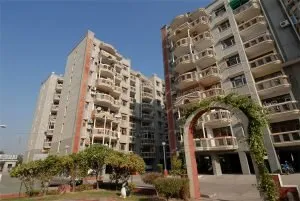
B&I: What kind of help do you see the Governments can give to Architects who are passionate about working on affordable housing projects?
MG: The Government should be receptive to new ideas. If the local authorities are not able to fully understand the concept and dynamics of affordable housing, these should be moved to the next level – to the officers who can appreciate the ideas and can provide a forum to at least hear out the Architects. Any new ideas are usually brushed aside. Take the example of solutions like LED panels and Solar Panels. When LED panels were introduced, the prices were as high as Rs.12,000 but now, with the acceptance of the product, the prices are down to Rs.3,000-4,000. This has had a positive impact on not only the aesthetics, but also on the power consumption. Similarly, when solar panels were introduced around 2006-07, many stakeholders in our ecosystem rubbished the practicality of solar panels only to adopt it later with much fanfare, once they saw the benefits.

B&I: How do you consider the concept of ‘sustainability’ in affordable housing?
MG: I like to believe that ‘sustainability’ is the future of buildings. Given the amount of limited and an ever reducing resources on our planet, we in the Architectural, Developer and the Policy Maker community have to look at sustainability with much more conviction. With the ECBC norms in place, sustainability is very much in the limelight, but is not still being seen as ‘all pervasive’. Sustainability is not an aspiration, but a need in our times. I see sustainability on three levels – reducing the demand for artificial resources, optimising natural resources and regenerate the resources. Concepts like cross ventilation, harnessing natural light and reducing water consumption in buildings is central to the concept of sustainability, in affordable housing.
B&I: How do you see the innovations in architectural solutions from the standpoint of sustainability?
MG: There are many solutions that are coming in the market on a regular basis. Solutions like Glass Reinforced Concrete (GRC), Insulated Blocks, Fly Ash Bricks, etc. are being made available. On one of our sites, we have made and used Fly Ash Bricks and the cost to the developer has been half of what he would usually pay for the normal bricks. We also get these bricks tested at Governments labs. Now, Fly Ash bricks are lighter and stronger. On the column-and- beam structures that are quite a norm these days, we can do well with bricks of compressive strength of 70 kg/cm. Fly Ash Bricks fit such applications quite smartly. We regularly advise our clients on the advantages of using sustainable solutions.
B&I: What are your thoughts on working with new and innovative solutions in Government projects?
MG: Most importantly, I feel that the construction departments in the Government, executing agencies and the Architects should come to a conclusion on the receptivity of new and innovative solutions. We, as Architects, should be allowed to have a few units in all kinds of buildings where, we can use new and innovative solutions. This will help us test the new materials vis-a-vis the conventional solutions used in the majority part of those buildings. As we have seen in the past, any new materials are expensive since volumes are not there. Once the efficacy of solutions used are proven, acceptabilities go up, the volume story plays and costs come down.
Ar.Madhu Garg can be reached on creativeconsortium.india@gmail.com

